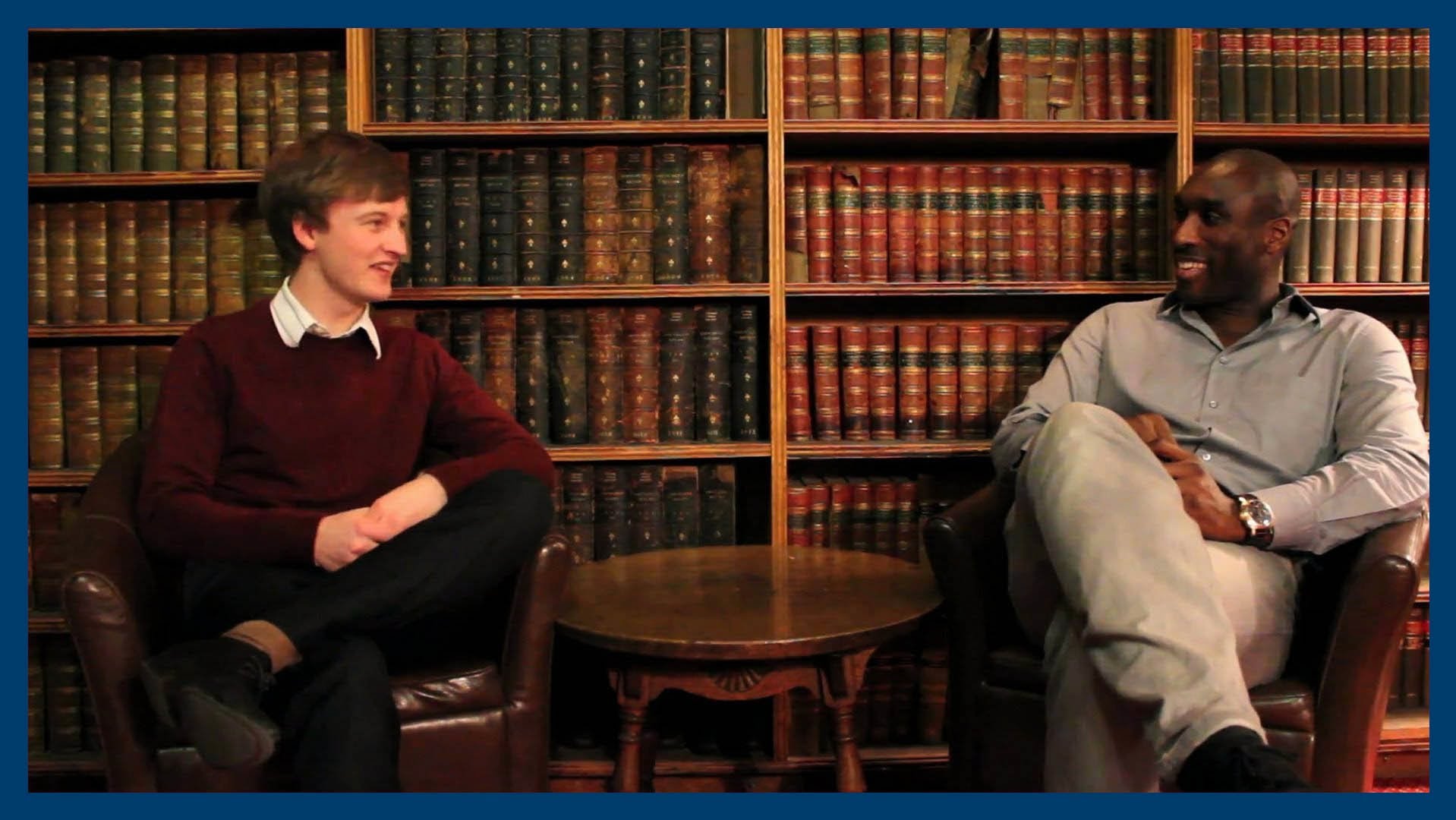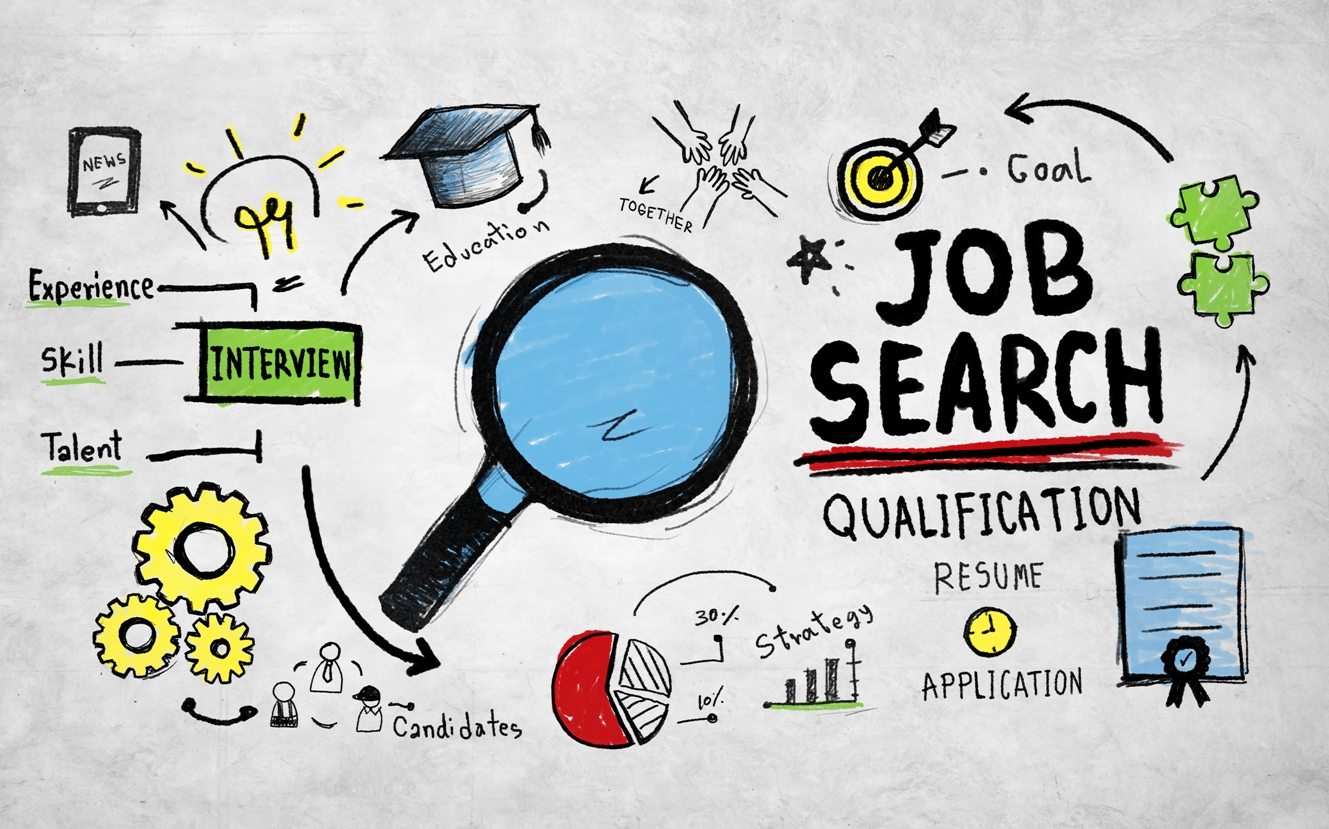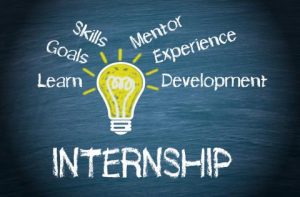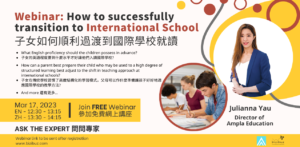Interviews are an integral part of applications for schools, universities and jobs. It is the part of the application process that allows candidates to make a lasting impression so they stand out amongst others with similar, or even more impressive background. We have shared some interview secrets previously (here) but in this article, we will focus on the technical aspect, particularly how you should structure your answers to best highlight your achievements and experiences.

There are 3 main points to consider:
1. Personal Achievement / Experience
This is where you should recall all your awards and personal accomplishment. I often suggest students to cover all 3 key areas (if possible): academic, extracurricular activities and volunteering.
2. Key qualities / lesson learnt for each
With your achievements in mind, you should think about what this tells people about you / what you have gained from it, be it an attribute (e.g. patience, cooperation skills) or a lesson (e.g. I learnt that the ability to listen to others are important). While it is good to mention exactly what you have learnt, it is better to relate it to something that is more universal and transferable. For instance, instead of saying ‘I learnt to program using Java’, think more ‘I learnt to approach and solve problems logically’.
Note that it is most likely that for each personal achievement, you will have a few lessons learnt. Additionally, different achievements can have the same lesson learnt – for instance, both ‘Captain of the swimming team’ and ‘Team Lead for the science project’ show ‘Leadership’. This is great because if you want to discuss leadership, but have already talked about swimming during the interview, you can then use the science project as an alternative.
3. STAR (Situation, Task, Action and Results)
There are many methods that you can use but the STAR technique is the one that I find easiest to understand and use. The idea of the STAR method is to ensure that you always include the 4 main points in your answers – Situation, Task, Action and Results.
S Situation – to provide the context and background
T Task – what is the challenge here? What needs to be done?
A Action – what you did and how?
R Results – the outcome because of your action, focus on the positive result
A table is most useful to include 1-3 and I have included a few examples to illustrate how you should approach it:

As mentioned before, you can have multiple lessons learnt per experience. You may also notice for the same experience, A and R tend to be more detailed and more specific to the lesson learnt compared to S and T.
Now that you know the techniques, you should be able to address a number of ‘difficult’ interview questions such as
- What is your proudest achievement?
- Tell me about a time that you failed.
- Do you have any leadership experiences?
- When you are faced with a problem, how do you go about solving it?
…and many more. Whenever you are prompted to give an example, think of your table and choose whichever you think appropriate.
Good luck with your interviews!
______________________________________________________________
To find out more about Ampla Education’s interview coaching classes, contact us at info@ampla-edu.com
________________________________________________________________________
Educated at Badminton School, Kitty obtained a First Class Honours degree in Biomedical Engineering, followed by a MSc degree specialising in Medical Physics, both from Imperial College. Kitty has experience teaching students subjects such as Maths, Sciences, as well as educating young children Programming. As the former Departmental Representative of her degree, she also understands university admissions and is well placed to assist with school and university applications
______________________________________________________________
________________________________________________________________________
© Ampla Education – Unauthorised use of this material without permission is strictly prohibited. Excerpts and links may be used, provided that full credit is given to Ampla Education.



















